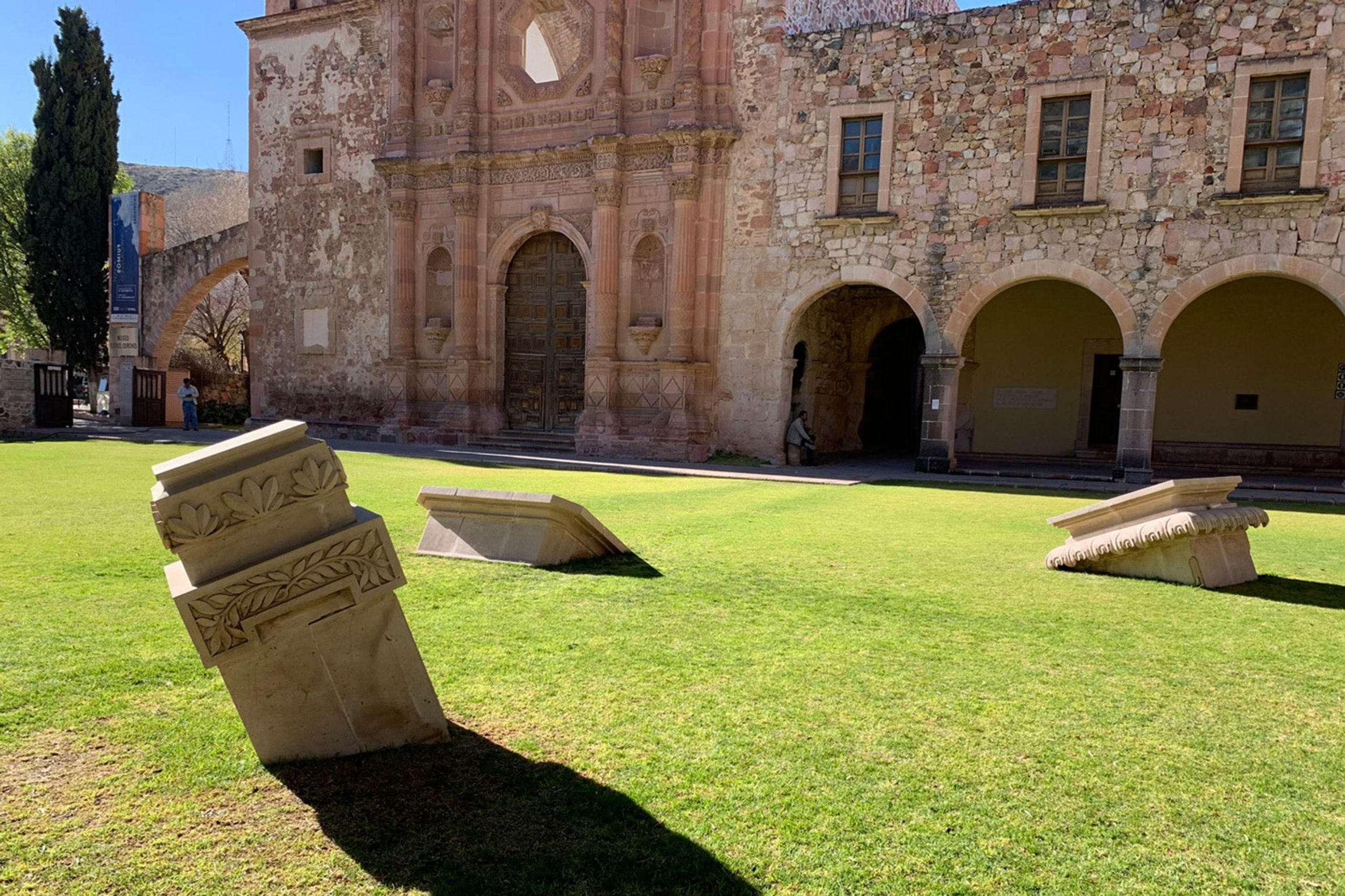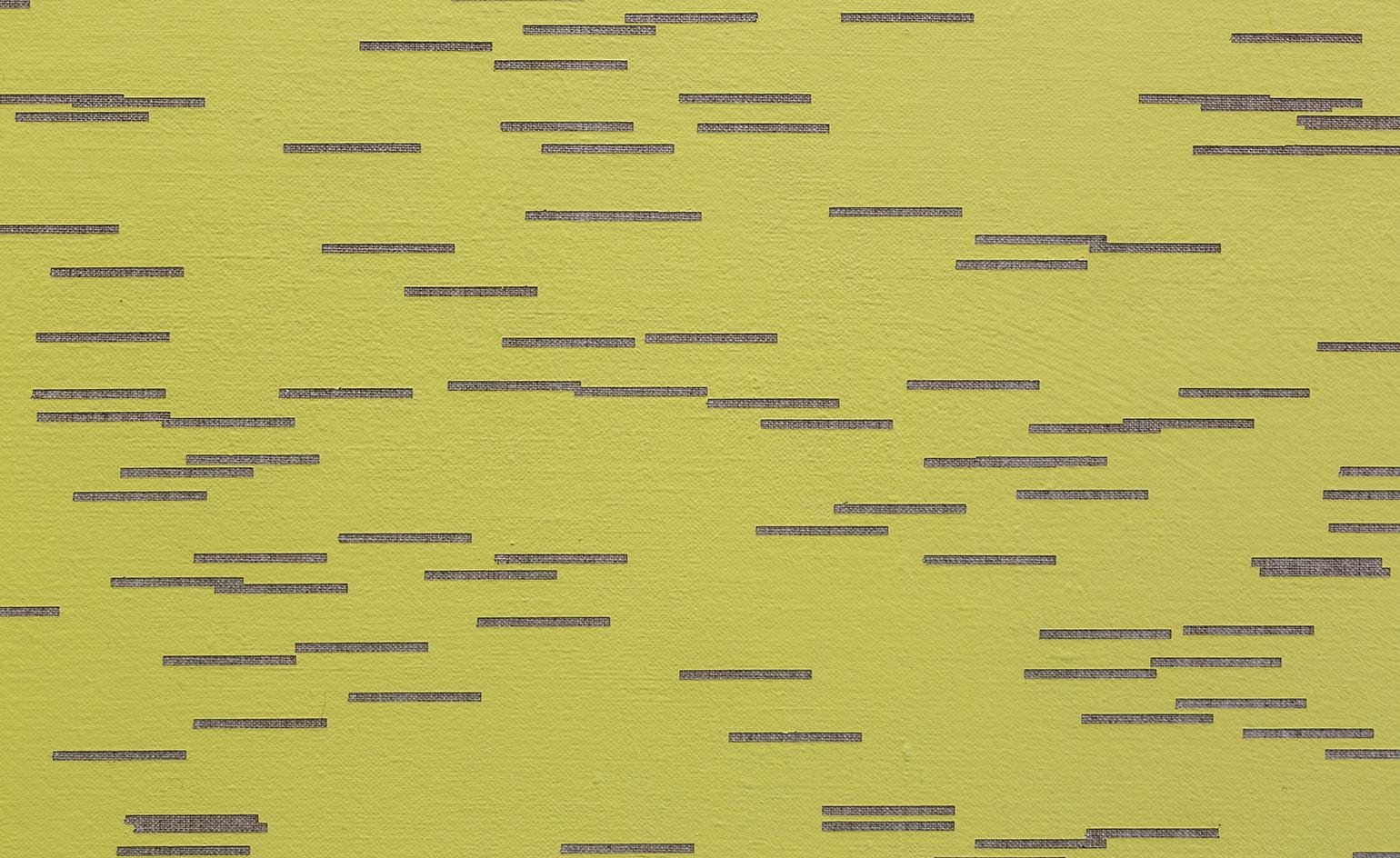Guadalajara: Mexico’s Vibrant, Burgeoning Art’s City
Buzzy energy, antique markets, citrus trees, rambling French colonial architecture and the waft of pulpo tacos.
Welcome to Guadalajara, Mexico’s second largest-city and home to five million people. Located in the central western state of Jalisco, and widely known as the birthplace of tequila and mariachi, these days, you'll also find a robust arts scene. For years, of course, Mexico City reigned the crown of all things art. But now, thanks to affordable rents, an influx of native and emerging artists have descended upon the sprawling metropolis -- and things are changing.
Guadalajara is no stranger to splashy artist names. You’ll find works produced by the iconic modernist architect Luis Barragán (who was also born in town), alongside painters Maria Izquierdo and Churcho Reyes, as well as renowned 20th-century muralist Jose Clemente Orozco. In historic downtown, a tour of Hospicio Cabanas, a cluster of cultural buildings, leads you to Orozco’s Man of Fire (1939), a bold fresco painted on a dome and depicting a man engulfed in flames (although some think he’s being reborn). No wonder it’s often dubbed “Mexico’s Sistine Chapel.”
The contemporary scene includes a flock of locals bent on weaving Mexico’s storied past with the present. Self-taught artist and sculptor Jose Davila, who was also trained as an architect, uses simple materials like stone, glass and cardboard in his works. Also influenced by ‘70s American artists Donald Judd and Richard Serra, Davila is focused on placement, and the position of rocks and boulders. For a ceramicist like Eduardo Sarabia, it’s about bold colors; many of which Sarabia’s created in large, hand-painted blue-and-white tiled vases featuring narco culture images. Sarabia’s early work was also influenced by his grandfather: who left a buried treasure map by a Mexican revolutionary called Pancho Villa (Sarabia even produced a slim book chronicling his unsuccessful journey to find the bandit’s lost gold). Meanwhile, the conceptual, mixed media artist Jorge Mendez Blake looks at literary greats like Jorge Luis Borges and Emily Dickinson to interpret his large scale installations. Recently, a series of Blake’s paintings featured the hyphen cut-outs that Dickinson used in all six volumes of her poetry. Also informed by Mexican history, Cynthia Gutierrez has shown traditional crafts and woven textiles in her sculptures, tapestries and large volcanic rock series.
Speaking of the days of old, you’ll also find a bevy of earthen ceramics shops around town. Tour the popular Ceramica Suro, a third-generation, 1950s ceramics factory run by restaurateur and art collector Jose Noe Suro -- and who has collaborated with notable artists like Marcel Dzama and Jorge Pardo. Along the well-worn beat of Colonia Americana, you’ll also find creative artist spaces and street art (in between siestas and mezcals, of course). Then there’s the hip Colonia Lafayette, a leafy, Deco-rich neighborhood dotted with edgy galleries, jacaranda trees and amazing restaurants (remember, you’ll work up an appetite after taking in the sights).
Like all great tales of all great cities, a storied past dovetails with a thriving cultural present. And, the beating pulse of a place comes to life, thanks to diverse artists and makers returning to their native tundra -- and often embracing a new and meaningful way of life.





